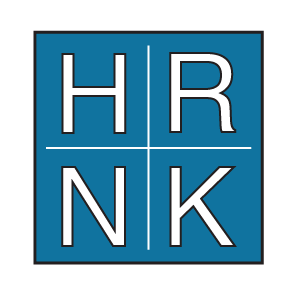
Successful applicants will undergo a formal interview process before being offered an internship. Applications will be processed on a rolling basis. We strongly recommend that applicants apply at least 3 months prior to their anticipated start date. Internships are typically unpaid, but academic credit is honored. A minimum commitment of 20 working hours per week is preferred. Please upload your documents in the .doc format.
